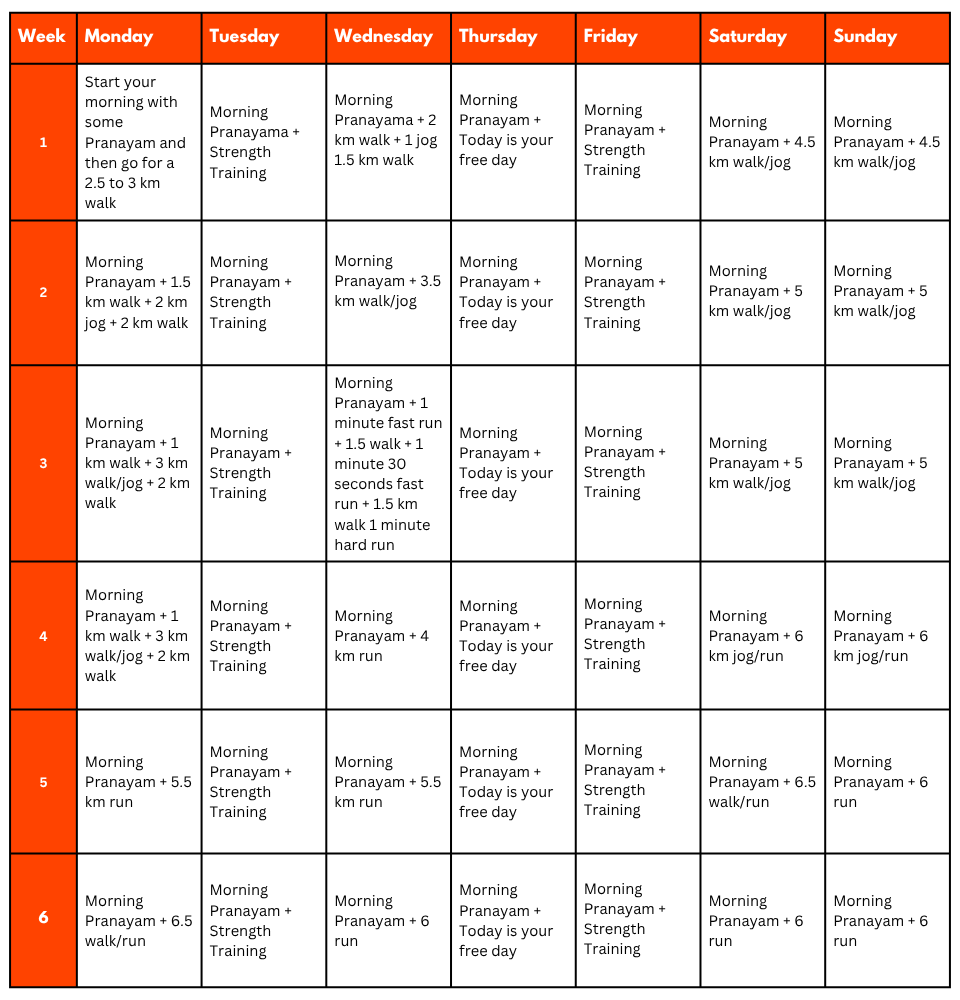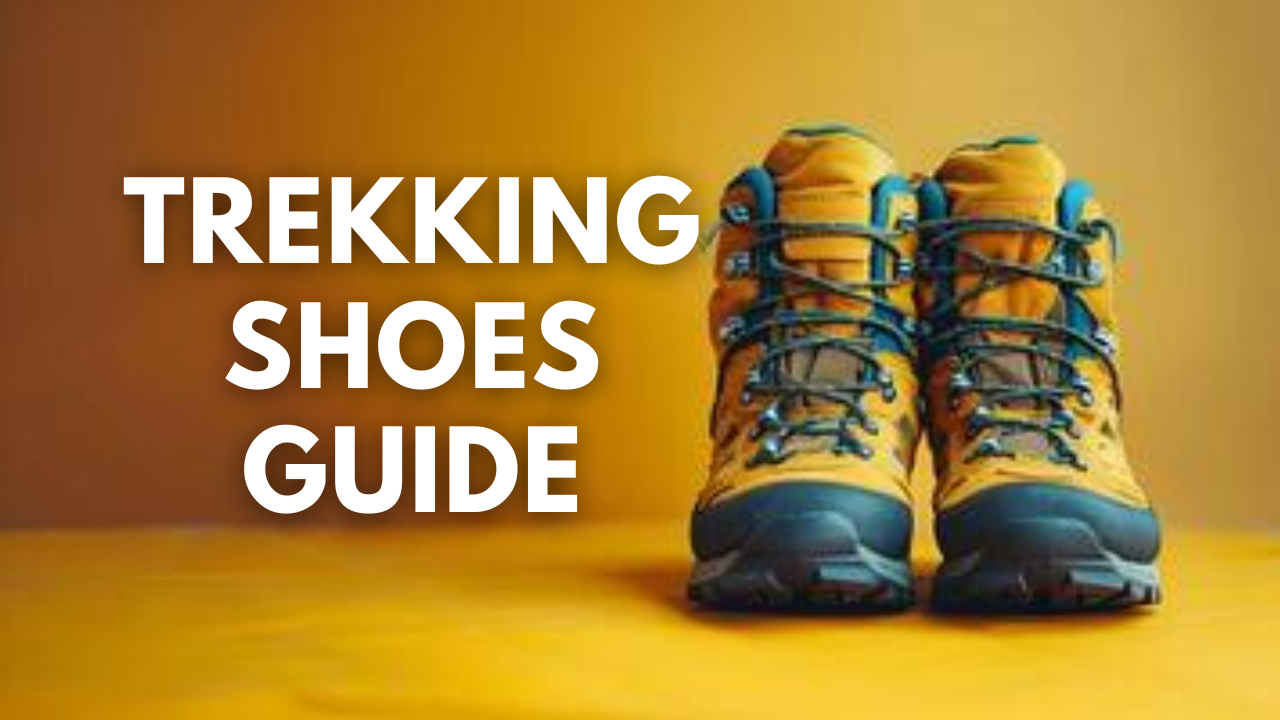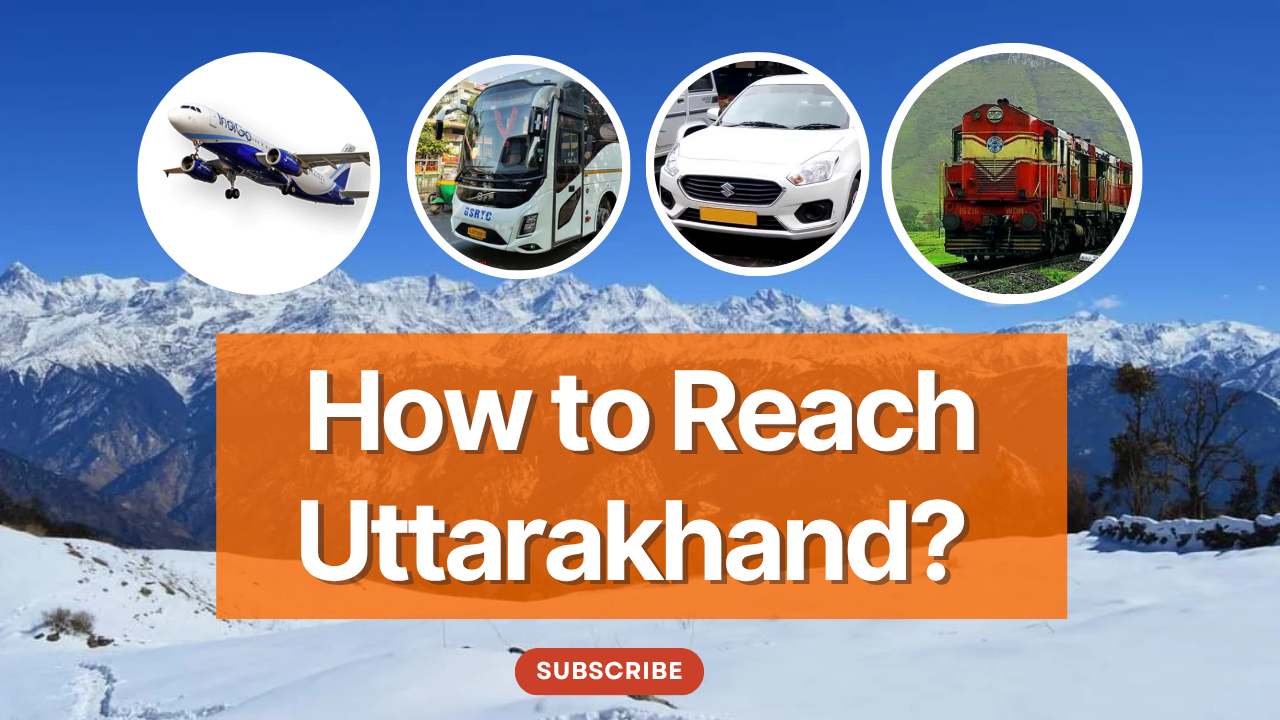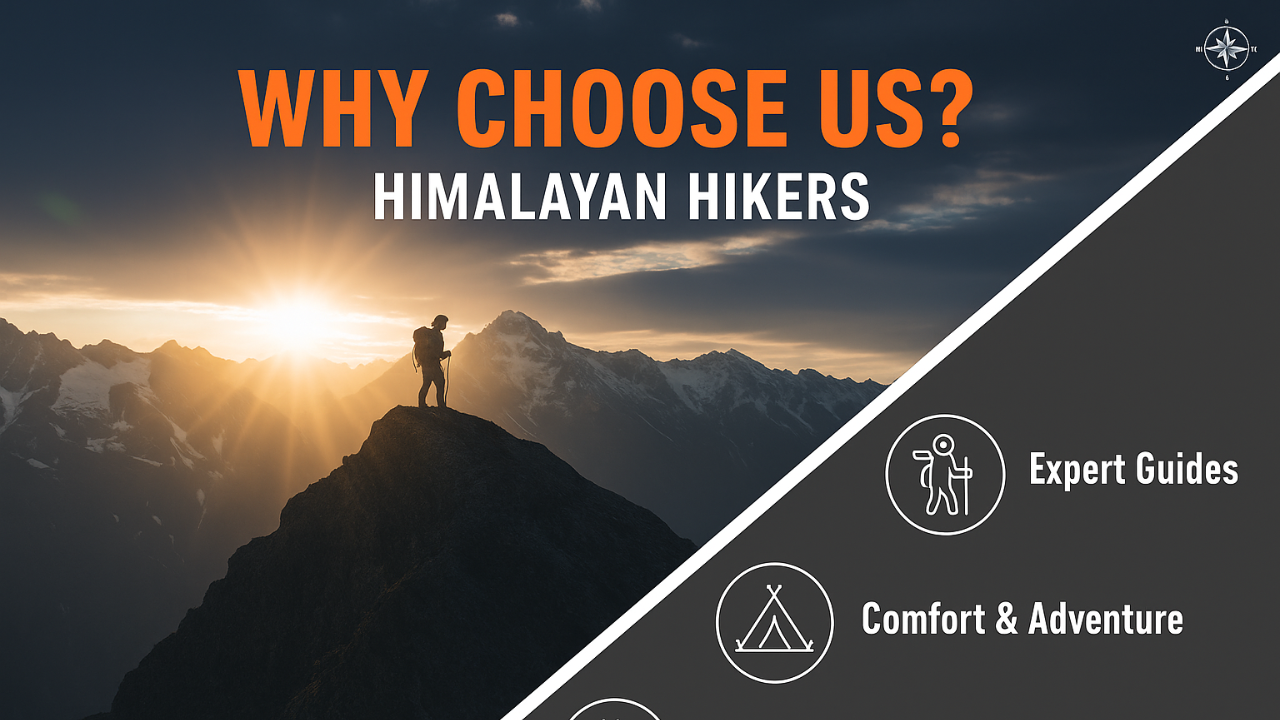Pass through the remote villages crossing small passes, gushing streams, willow and fields of barley. The natural vistas are just amazing.
Come across the lifestyle of Indo- Tibetans and know them in close proximity. Visit Alchi monastery, it is the most famous and largest one in Ladakh.
Sham Valley Trek for Nature Buffs and Avid Trekkers.
You do not need prior experience to do Sham Valley trek, it is a baby trek for beginners and families which gives you an offer to roam in the remote region and brings you close to Ladakh history. The living area and gorgeous sights are bliss for nature buffs and avid trekkers.
Key Points of Sham Valley Trek
Level: Moderate
Proper conditioning & training of body required
Need proper gear & clothing for sub-zero temperature
Shoes are the single most important equipment.
High Altitude requires proper acclimatization.
Beautiful landscapes so carry good photo gear & Extra battery backup.
Travel light
The backpack should not exceed 10kgs.
Sham Valley Trek Guide
Day 1 – Reach Leh (11,483 feet)
Day 2 – Drive from Leh to Likir (11,548 feet) and trek to Yangthang (12,073 feet) via Phobe La (11,745 feet) and Chagatse La (12,171 feet) (10 km)
Day 3 – Yangthang to Hemis Shukpachan (11,909 feet) via Tsermangchan La (12,715 feet) (10 km)
Day 4 – Hemis Shukpachan to Temisgam (10,597 feet) via Mebtak (12,467 feet) (12 km) and Drive to Leh
Day 1 : Reach Leh (11,483 feet)
Base Camp of Sham valley trek is Leh. Reaching Leh by taking road route consumes a lot of time so board a flight and directly reach there. Arrangements will be made in a hotel.
Day 2 : Drive from Leh to Likir (11,548 feet) (58 km) and trek to Yangthang (12,073 feet) via Phobe La (11,745 feet) and Chagatse La (12,171 feet) (10 km)
Post breakfast, drive to Likir village, it is the starting point of this trek. The route is short which includes crossing two passes.
The route to the west leads to Phobe La and ahead lies Sumdo village.
Steadily go upwards until you reach Chagatse La. Across the pass, Yangthang village is located, which is our destination for the day.
Setup your camps next to a stream and settle for the day.
Day 3 :Yangthang to Hemis Shukpachan (11,909 feet) via Tsermangchan La (12,715 feet) (10 km)
Today trekking gradient is moderate because approach and descent both are gentle. Descend for a bit towards the north and cross a stream before climbing to Tsermangchan La.
Halt at the pass, then get down to Hemis Shukpachan. This one of the prettiest villages and it is named after the cedar groves. There are numerous streams surrounded by barley fields and willows, which provide a greenish touch to the Rocky Mountains.
Day 4 : Hemis Shukpachan to Temisgam (10,597 feet) via Mebtak (12,467 feet) (12 km) and Drive to Leh
Post breakfast, head to Mebtak La by following the trail which ascends amidst two hillocks towards village’s west until it turns south and climbs to the pass “Mebtak La”.
The top is marked by prayer flags and offers amazing views. From the pass, get down to the gorge to Ang, it is a beautiful village with some apricot orchards.
Now, head to Temisgam’s highway and drive back to Leh.

Mandatory Documents
Original and photocopy of government photo identity card- (Aadhar Card, Driving License, Voters ID, etc,)
Passport and Visa important to foreigners
Medical Certificate (First part should be filled by the Doctor and Second part by the Trekker)
Declaration Certificates
Note: – Many trekkers commit the same mistake of carrying unnecessary items on a trek which only makes the backpack heavy. It is important to know the right items to carry. It differs from season to season if you are trekking in summers then carry less layers of warm clothing and if you are trekking in winters carry enough layers to protect yourself against chilly cold.
Necessary Items for trekkers

Basic Trekking Gears

The Clothes You Should Bring On Satopanth Expedition

Head Gears

Foot Gears

Personal Care Essentials

Carry a Personal Medical Kit

Are you Looking for Trekking Equipment on Rent?
If any trekker requires trekking equipment on rent, Himalayan Hikers offers the best-quality gear available for rental. Many individuals are in need of such equipment, and renting provides a cost-effective solution, allowing them to access high-quality gear at an affordable price without the need for a significant investment for short-term use.

Trek Equipment You can book directly on first day at the Base Camp.
Note:-
Please take all medicines only when prescribed by the doctor. In case you face any problem during your trek,
discuss and take advice from the Professional guide.
The Trek is one of the most popular treks in Uttarakhand, requiring both physical preparation and mental readiness. Although it is categorized as a moderate trek, reaches an elevation of over 12,720 feet and traverses remote Himalayan terrain, which can be physically and mentally challenging. Here's how you can prepare yourself for a safe and successful accomplishment of the Trek:
Physical Fitness
Building a good fitness base is essential for every trekker. The Trek itinerary involves 5 to 6 hours of walking every day. Though the trails are well-marked, they are often bumpy and include steep uphill sections, which may affect your stamina. You can overcome your physical limitation with a 6-week training program that you can begin about 2 months before your Trek. Your 6-week fitness routine should include

Pro Tip: If you have time, you can skip the Sunday training and go for a long-distance walk or mini day-hike (7–10 km) with a loaded backpack to simulate real trekking conditions. A short 1-day hike around your city/town can help a lot.
Mental Preparation
Physical strength is only half the journey, the other half is mental resilience. The trail takes you through remote clearings, steep climbs, cold starry nights, and no mobile connectivity. Be prepared to:
(I) -
Detach from the digital world.
(II) -
Embrace basic mountain living (camping, toilet tents, limited electricity).
(III) -
Push through moments of fatigue, weather discomfort, or altitude effects.
Himalayan Hikers is a reputable trekking company that places a high priority on safety. Here are some of the safety measures they take to ensure the safety of their clients during the Trek:
Experienced Guides: Himalayan Hikers hires experienced and certified guides who are well-versed in the terrain, weather conditions, and local culture. These guides have first-hand knowledge of the routes and are equipped to handle any emergency situations that may arise.
Proper Gear: The company provides all the necessary gear and equipment to their clients to ensure comfort and safety during the trek.
Hygiene and Sanitation: Himalayan Hikers places great emphasis on hygiene and sanitation during the Trek. They provide clean drinking water, hand sanitizers, and toilet tents to ensure that their clients are healthy and comfortable.
Emergency Services: The company has a well-defined protocol for handling emergency situations. They have a team of trained medical professionals who are available 24/7 and can be quickly mobilized in case of an emergency.
Acclimatization: Himalayan Hikers follows a gradual acclimatization process during treks to ensure that their clients adjust to the high altitude gradually. They also monitor the health of their clients regularly and provide necessary medical attention if required.
Overall, Himalayan Hikers places a great emphasis on safety and takes all necessary measures to ensure the safety and well-being of their clients during treks.
No FAQs available for this trek.












